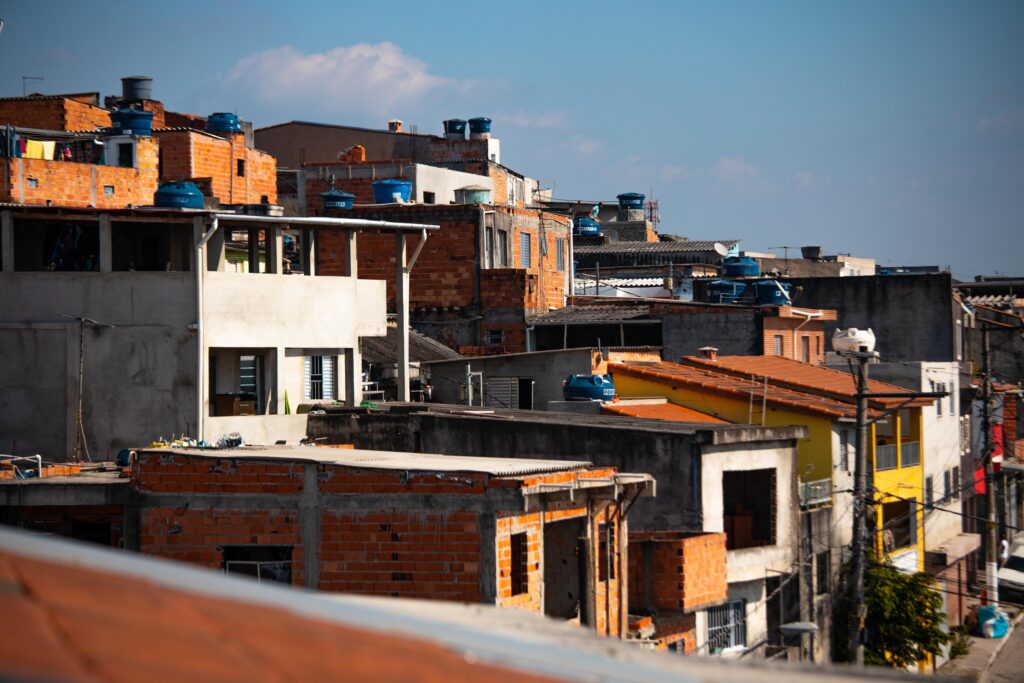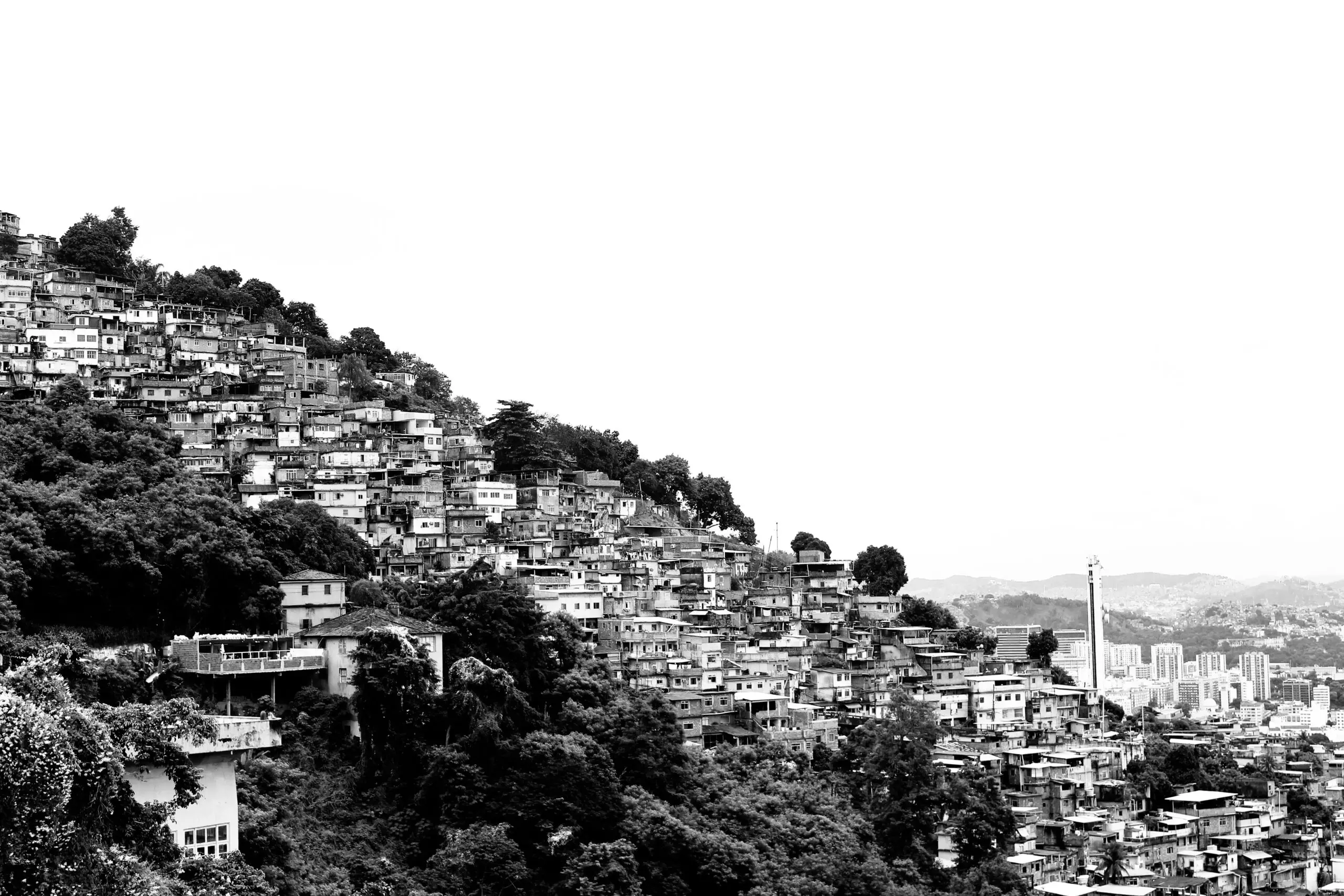For decades, the Favelas of Rio have been a center point for drug trafficking and violence in Brazil. Until now, this has been widely ignored by the government, the law enforcement and the rest of the world, attentions have turned to making the city as safe as possible for the visiting tourists.
Unfortunately, this city’s reputation in Western circles has been built upon reels of negative media coverage and the well circulated film “City of God” (2002), in which against the backdrop of the Cidade de Deus Favela the harsh reality of living in these communities is captured on film for the rest of the world to see. It is not an inaccurate portrayal, yet there are still many layers of this intricate labyrinth of colorful decay that have yet to be pulled back.
Standing in the shadow of the awe inspiring Christ the Redeemer, many of these people are still waiting to be redeemed, not just in his eyes, but in the eyes of the world.
Table of Contents
History of the Favelas

According to the book Favelas and Ghettos: race and Class in Rio de Janeiro and New York City, the Favelas in Rio can be traced back as far as the late 1800s, where the black slaves started to build their own houses and develop their own communities after they were freed from slavery. The first Favela to be called by its own name was erected in November 1897, and since then, these shanty towns have been growing exponentially.
The housing crisis of the 1940s saw an explosion of the favela populations in the suburbs, to the point where they have now expanded so much they are pushing the borderline of metropolitan Rio. However, constant flooding of the low-lying areas in the wet season has seen has forced many people to build hillside, so the mountains that surround this great city are now dotted with the color of these sprawling urban labyrinths.
Growth Control
The fact that these Favelas still exist in indicates a wide gap between the classes of people as a result of an unequal distribution of the country’s wealth. Yet the aim to remove all inhabitants of the Favelas and place them in the suburbs or rural communities has proved too great a task now to be considered practical; according to the Brazilian census, there are currently over 513 different Favelas existing in Rio De Janeiro alone.
As the gap continues to grow between the rich and the poor, so to do the Favelas, spreading out over the hillsides and into Rio’s national park forest, which in turn poses a threat to the surrounding ecosystems and the wildlife that reside there. In order to curb the urban sprawl, the government is looking into putting up concrete walls around the existing outskirts, yet with the current civil unrest stirring within the Favelas, it may stand that this proposed project will do more damage than it will prevent.
Inside the Favela
Few people have had the chance to see the intricacies of a social structure that balances on the edge of the machete, and understand the true nature of the people that live there. From this side of the looking glass their world appears base and brutal, but if you step through and look from the other side, you will find that the majority of people are out to make an honest living, yet cannot afford the bustling metropolis that is downtown Rio. They move here because they do not have to pay tax on their houses, they have access to free electricity and water, and they have nowhere else to go.
Most of them are not interested in purchasing drugs, nor are they compelled to, as long as they follow the rules under the strict hand of the drug lords, who will not tolerate theft or violence amongst their own residents so that the paths for trafficking between them and the outside remains open and clear. In fact, it is often heard that the man who shakes your hand in the Favela will be the man who robs you on the streets of Rio.
If you are a tourist visiting one of the many Favelas close to the city, firstly, always take a tour guide with you to ensure your safety. It is perfectly safe to take your camera, yet your tour guide will tell you the points where photography is prohibited. There are a large number of tours available, from walking tours to bus tours to tours on the back of motor taxis.
You will find children playing samba drums for your change, women making colorful bracelets from telephone wires, artist studios and a large number of bakeries and shops where it is safe to try the local cuisine; they even have set up a day care centre for children whose parents have to work during the day. But be careful, for the children flying kites and playing you music in the streets of the Favela are likely to take your jewelry if you meet them on Copacabana beach.
The Interventions
The impending police interventions to try and control these gangs and their drug operations appear to have caused a case of waking the sleeping giant. Loss of control over their territories due to the imposition of governmental law in the Favelas has caused the criminals to rise up and lash out against the public, with retaliation attacks including the torching of cars and public transport in the heart of Rio city..
With the government determined to get the situation under control, locals are worried that this will not be the last of the backlash. We can only hope it is not they who are the ones always paying the ultimate price for other’s mistakes.
On my travels through Rio, I found the Favelas to be one of the most intriguing and emotionally arresting places in all of Rio. I encourage all who are travelling to this amazing city to take the time to take a tour up into these widely misunderstood cultural hubs of Brazil, and you will see that not all that is said about them is true.

It’s not a matter of where, but when. Time is precious and my time spent living and experience the cultures of this world is what I lust for. This is why I created this website, to share true, genuine experiences and not just typical touristy info. Travel, the love of coffee, and food!
